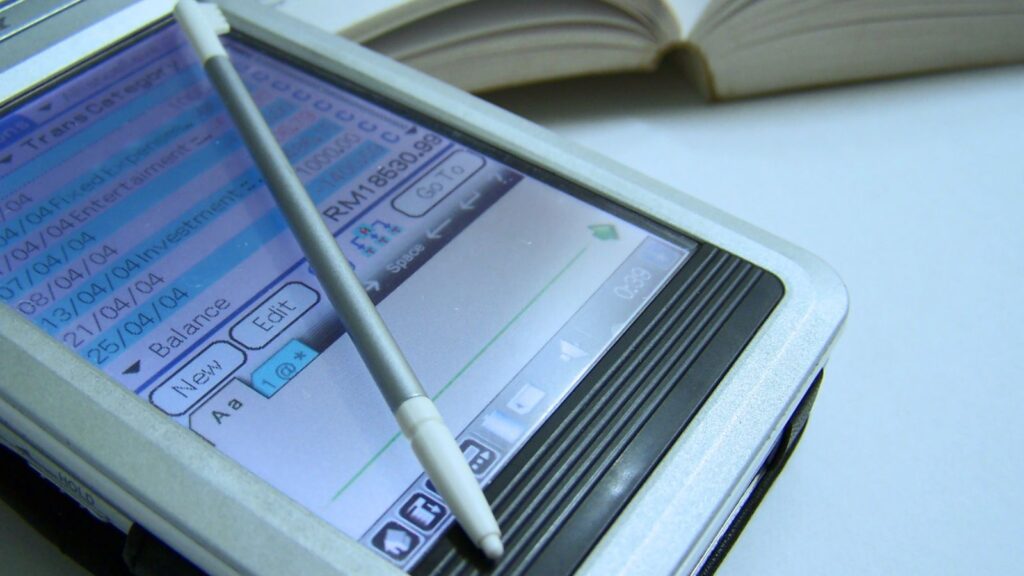The 90s; a decade of grunge music, colourful fashion, and a whole lot of nostalgia. It was a time when technology was starting to creep into our lives, but we were still very much tethered to the physical world. We’ve listed 21 everyday things that were normal in the 90s, but have now disappeared.
VHS Tapes
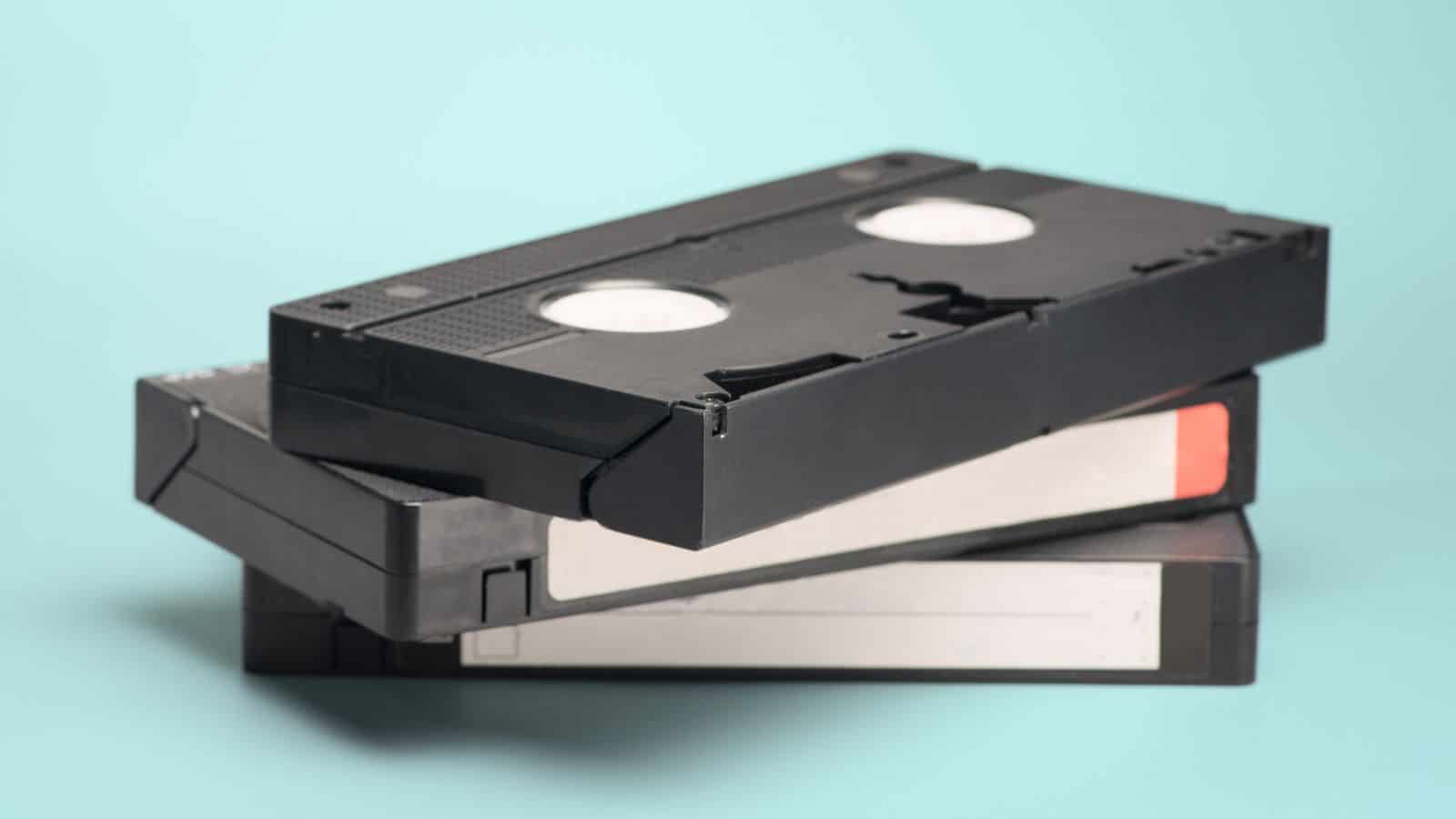
“VHS has long been out of mainstream fashion,” says NBC News. The chunky black rectangles were the pinnacle of home entertainment. We’d carefully slide them into our VCRs, hoping the tape wasn’t too worn out. With streaming services like Netflix and Disney+, VHS tapes have become relics of a bygone era, gathering dust in attics and charity shops.
Floppy Disks
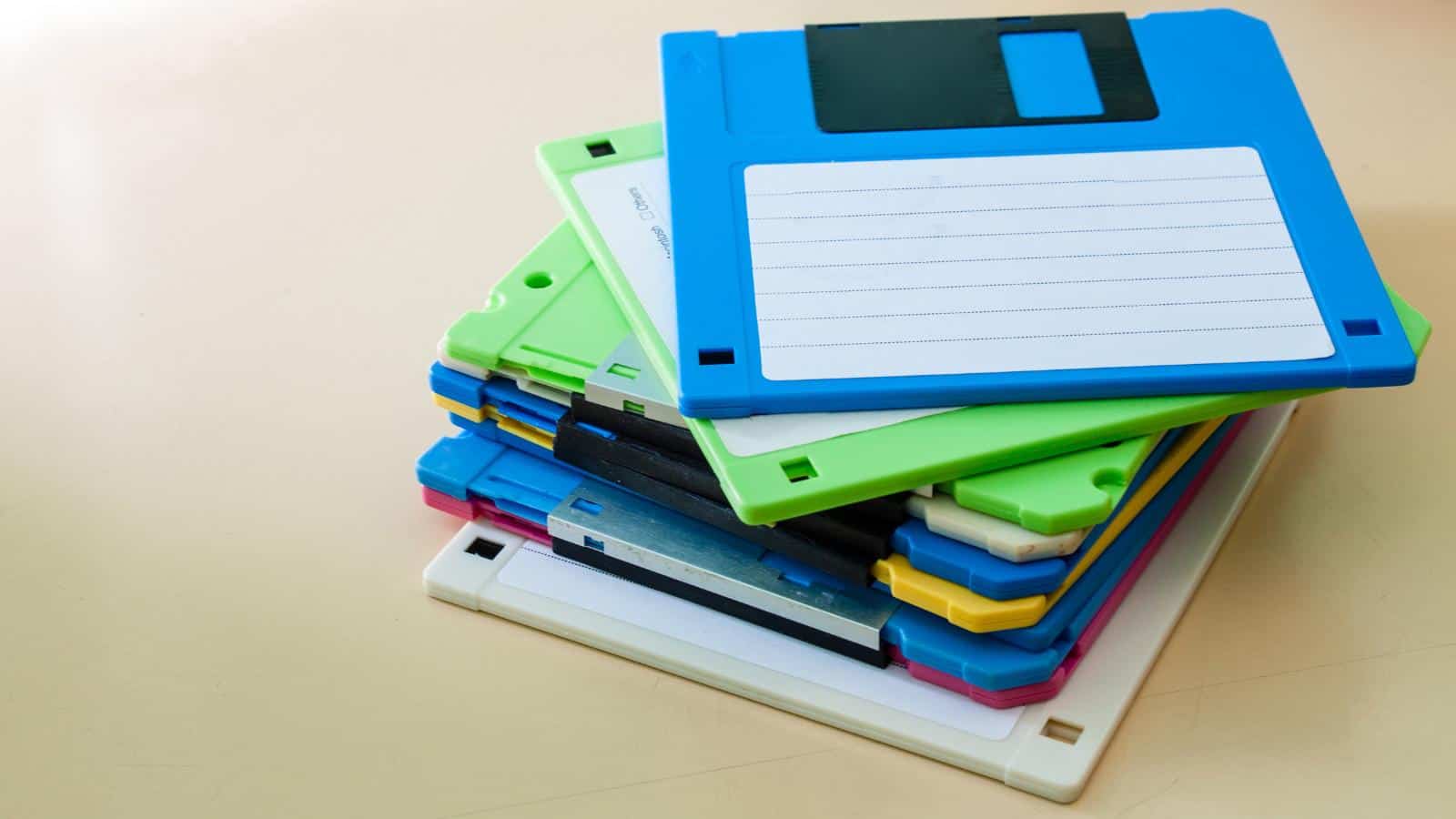
Before USB drives and cloud storage, we relied on floppy disks to save our precious documents. These flimsy, square pieces of plastic were our lifelines for school projects and work files. Each disk held a whopping 1.44 MB of data – laughably small by today’s standards. Now, they’re more likely to be found in museums than in your desk drawer.
Dial-Up Internet
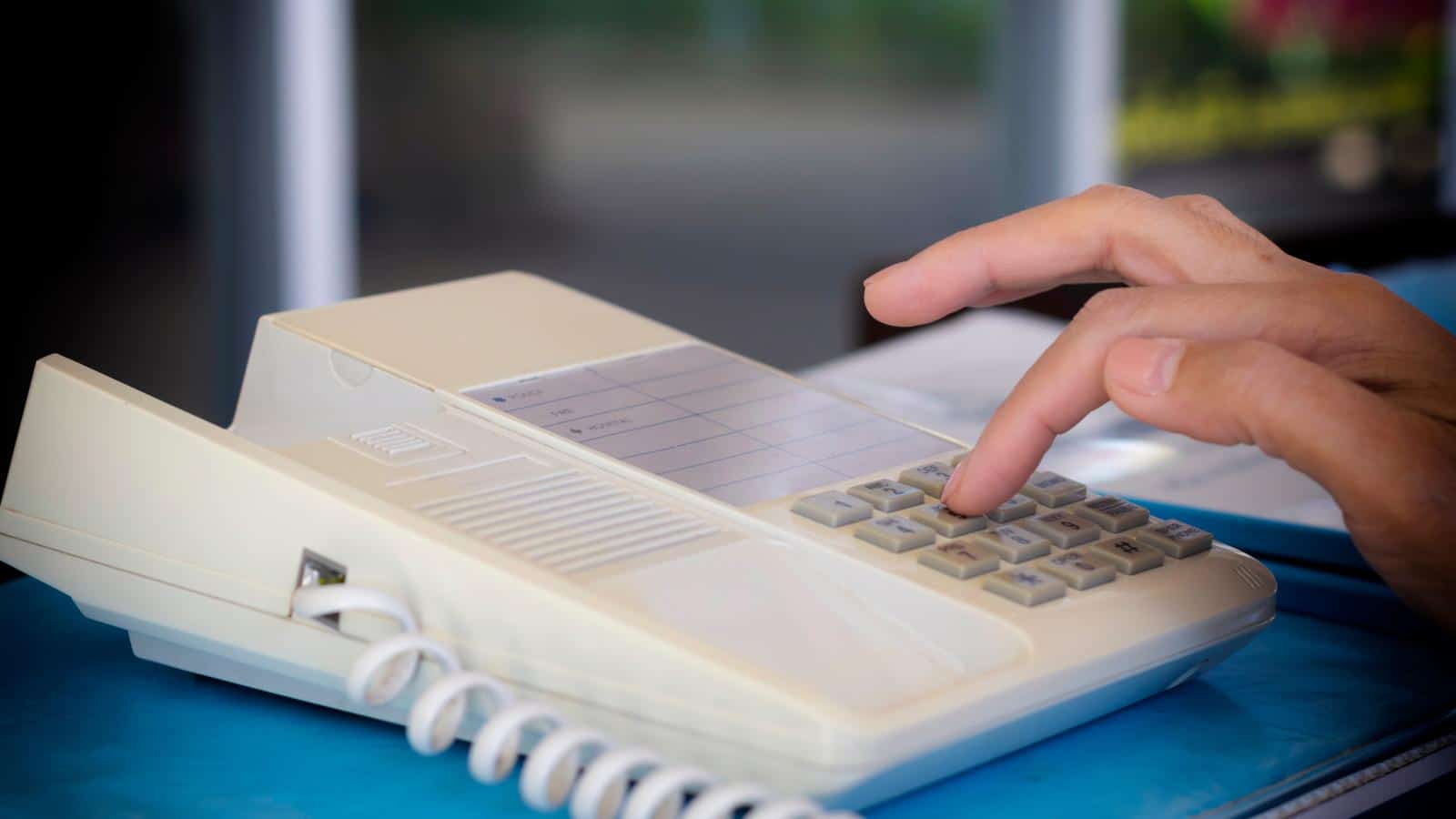
The sound of dial-up internet connecting is etched into the memories of 90s kids, with the screeching and beeping marking the start of our online adventures, but it came with the dreaded warning: don’t pick up the phone. These days, high-speed broadband and Wi-Fi have replaced dial-up, making that distinctive connection noise a thing of the past.
Pagers
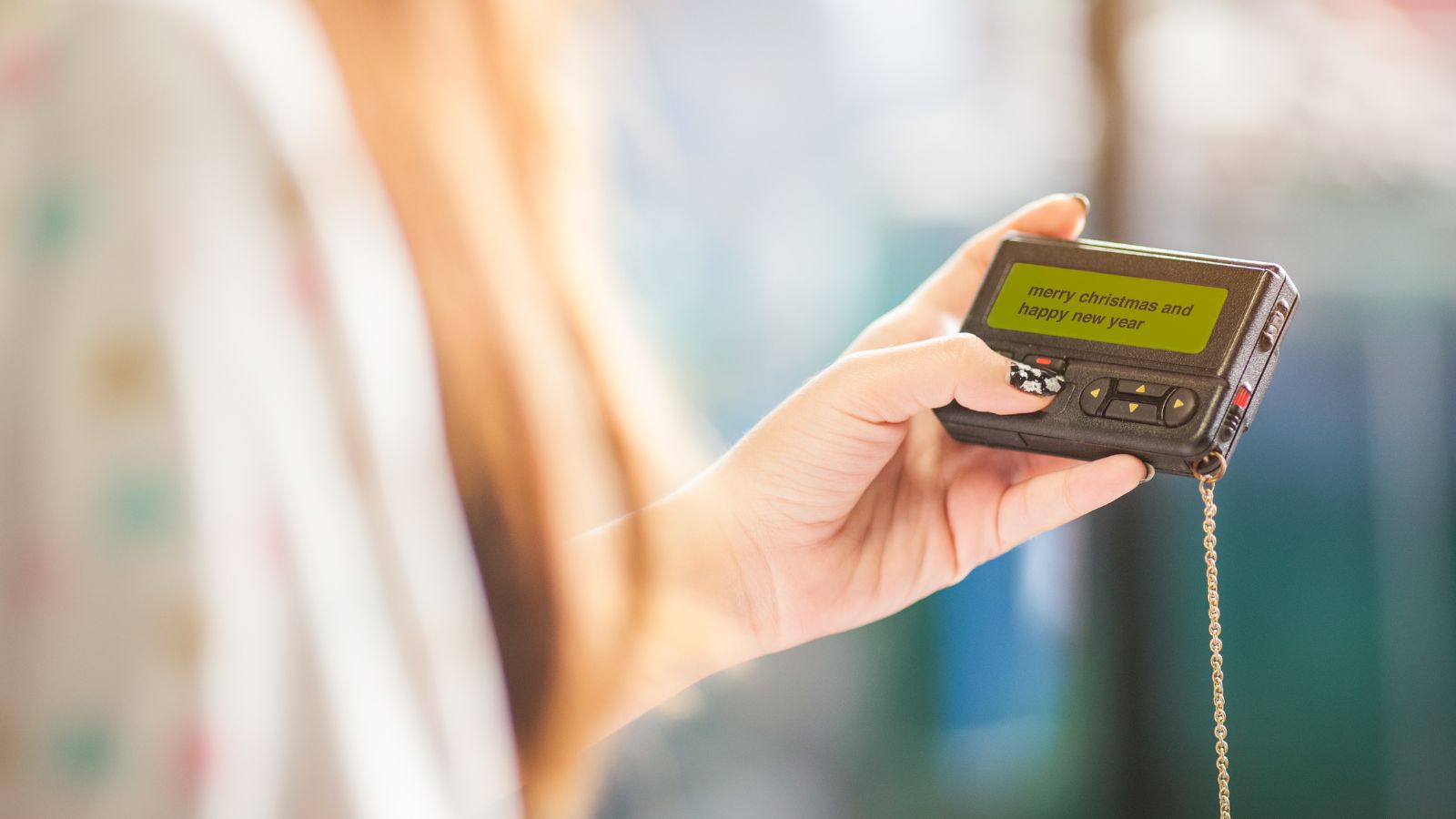
In the 90s, carrying a pager was a sign you were important. Doctors, businesspeople, and even teenagers clipped these small devices to their belts, waiting for that beep to indicate a new message. Mobile phones have rendered pagers obsolete, turning them into curious artefacts of a pre-smartphone world.
Cassette Tapes
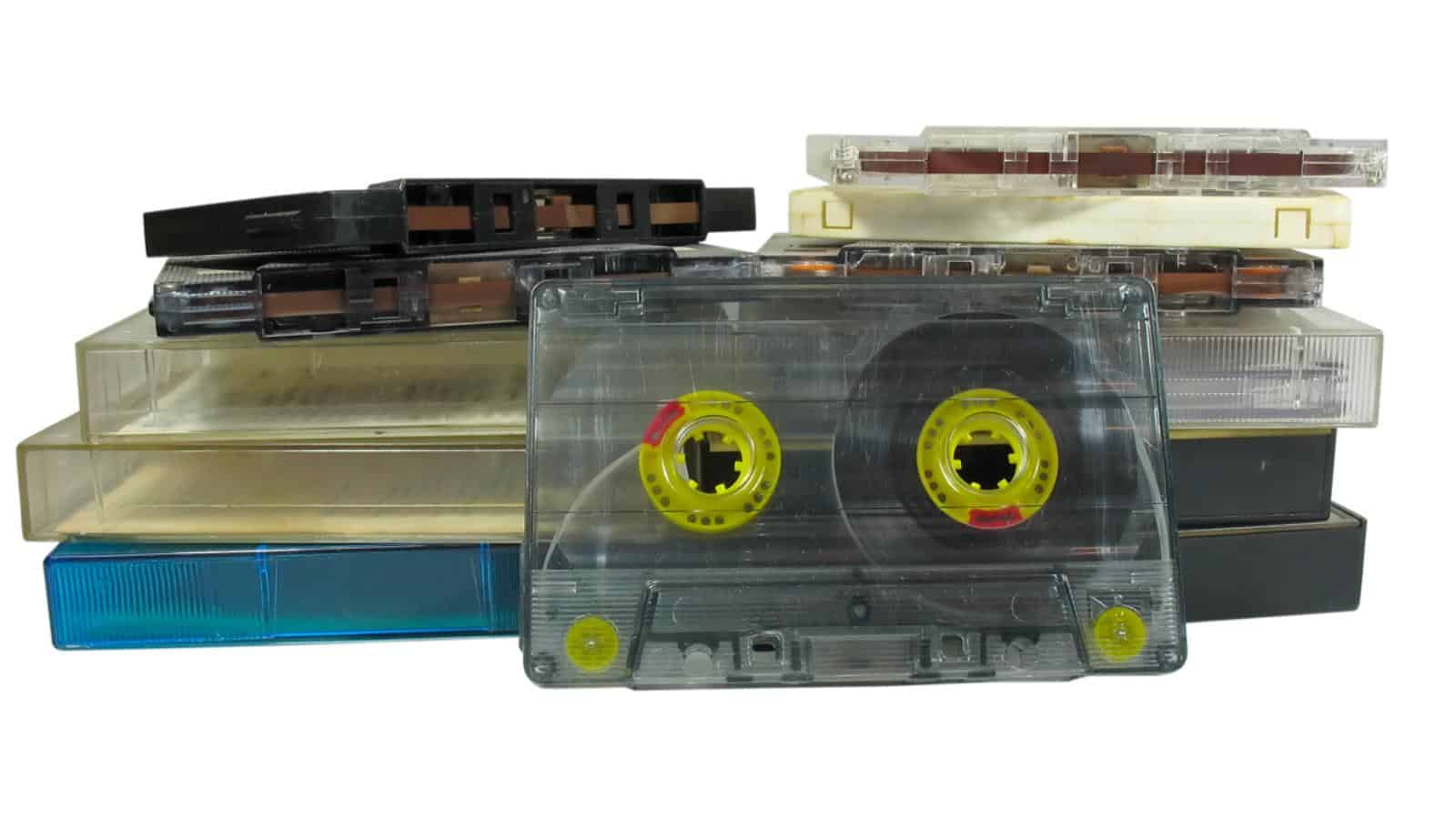
The art of the mixtape was a labour of love. We spent hours recording our favourite songs onto cassette tapes, carefully timing the pause button to avoid DJ chatter. With CDs, MP3s, and streaming taking over, cassettes have become a symbol of retro cool, more likely to be collected than actually used.
Film Cameras
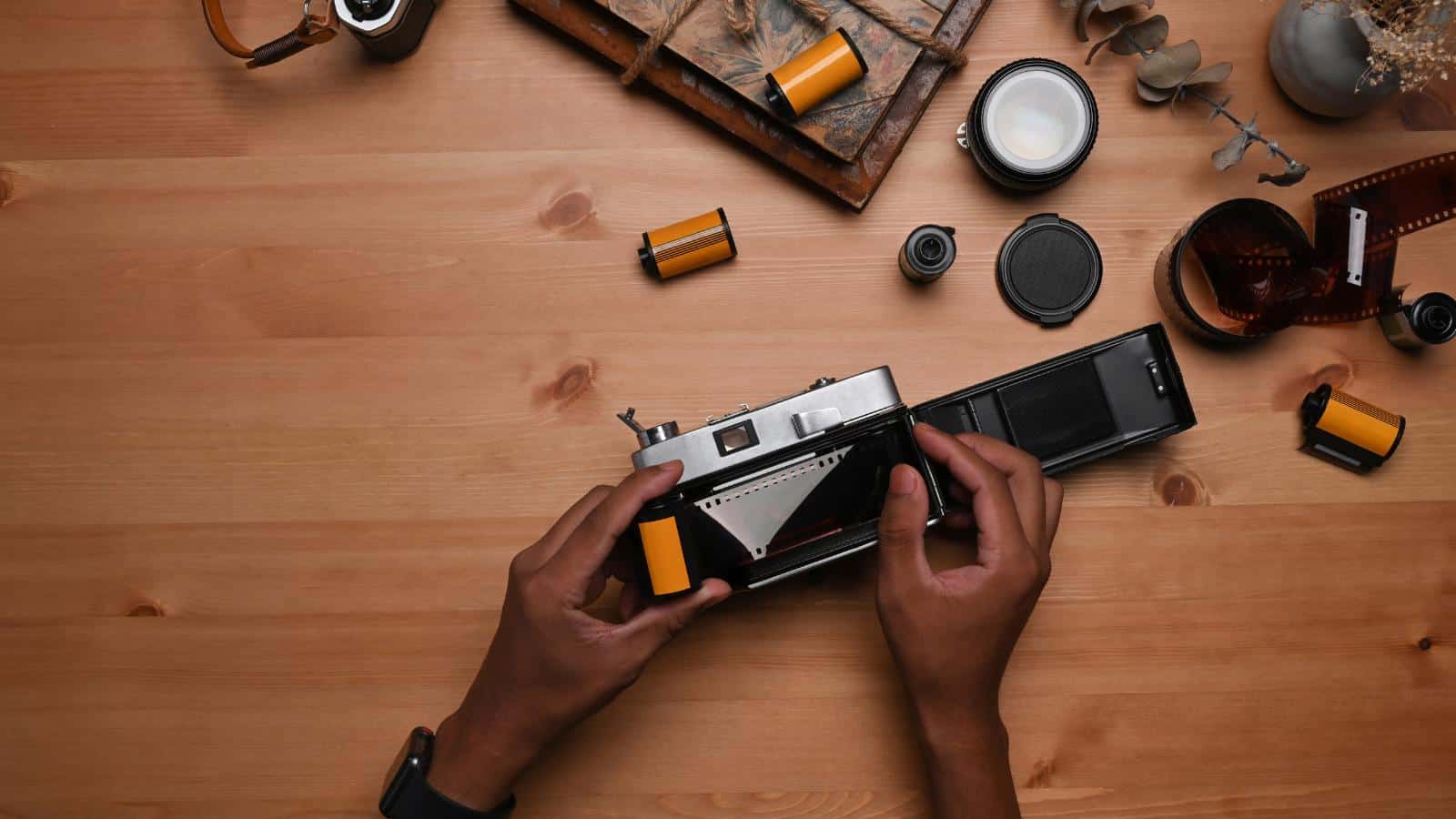
Before digital cameras and smartphones, capturing memories meant loading a roll of film into your camera and hoping your photos turned out well. The anticipation of getting your film developed was part of the fun. Now, instant gratification and endless retakes are the norm, making film cameras a nostalgic hobby for photography enthusiasts.
Yellow Pages
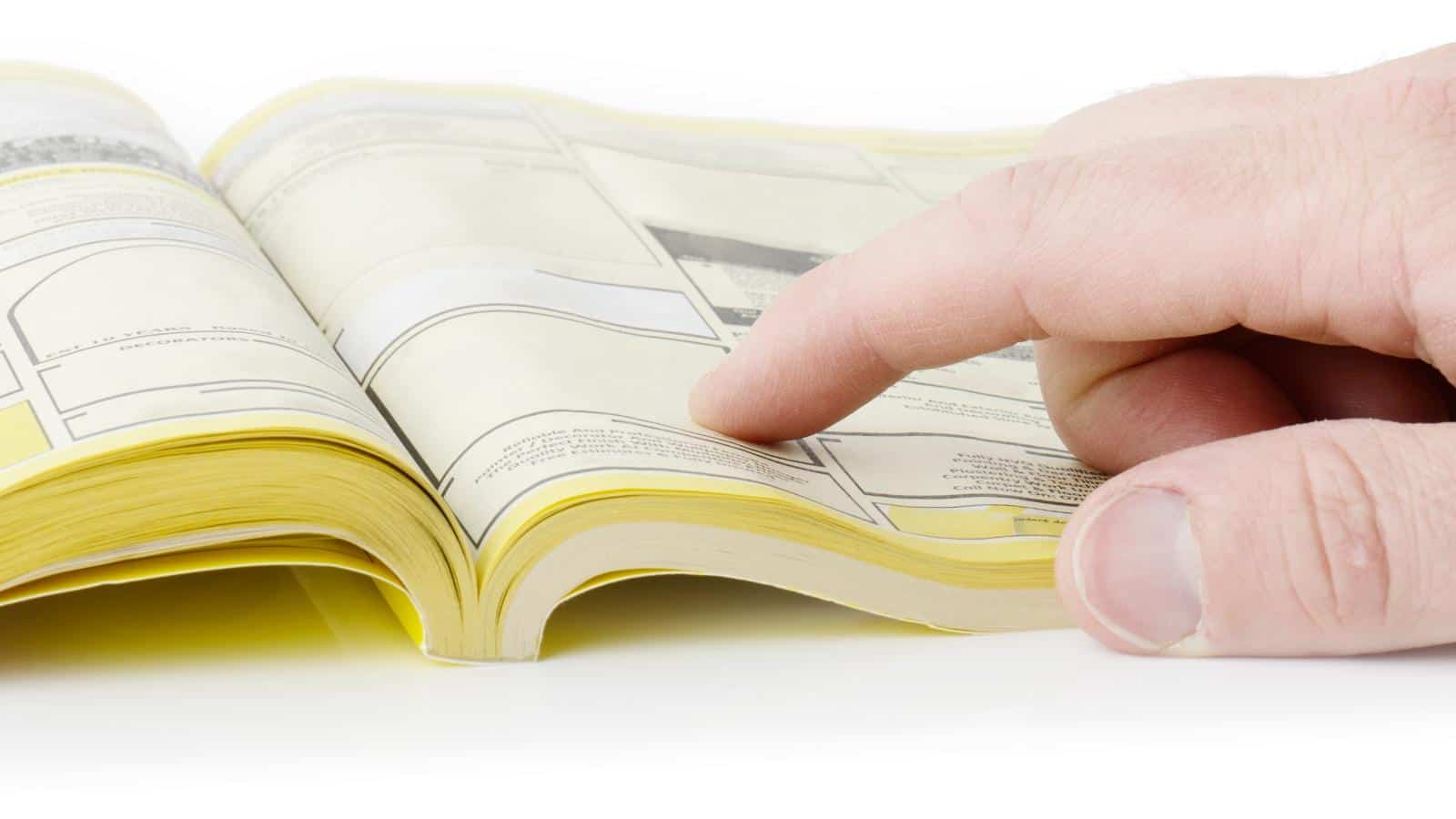
Every household had a hefty Yellow Pages directory, a trusted companion for finding local businesses and services. We’d flip through its thin pages to find a plumber or a pizza place. Today, the internet has made these thick books obsolete, with search engines and online reviews at our fingertips.
Walkmans
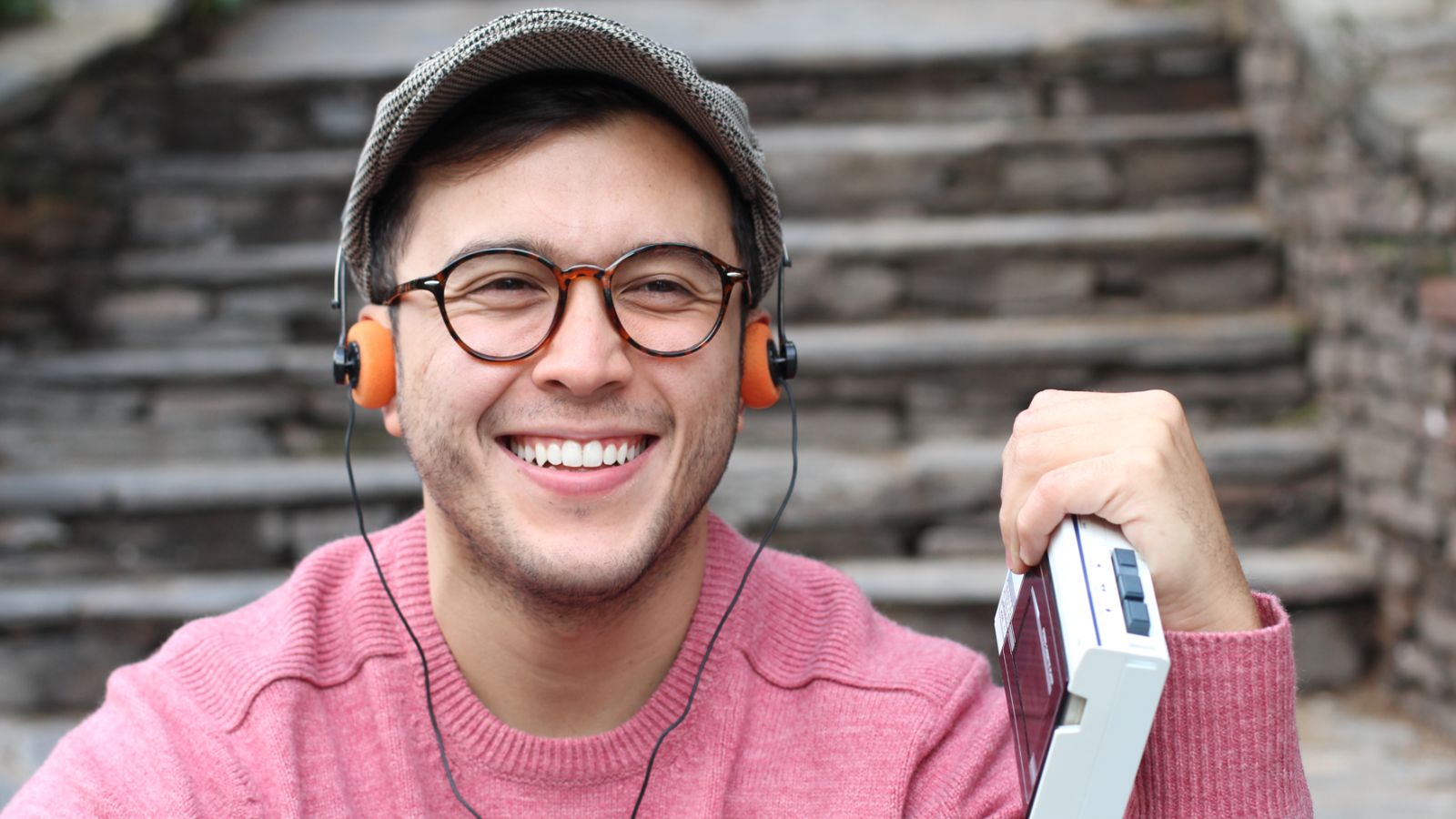
The Sony Walkman was the ultimate portable music player, allowing us to take our favourite tunes on the go, whether jogging or commuting. We popped in our cassette tapes and pressed play. MP3 players and smartphones have since taken over, relegating Walkmans to the annals of tech history.
CRT Televisions
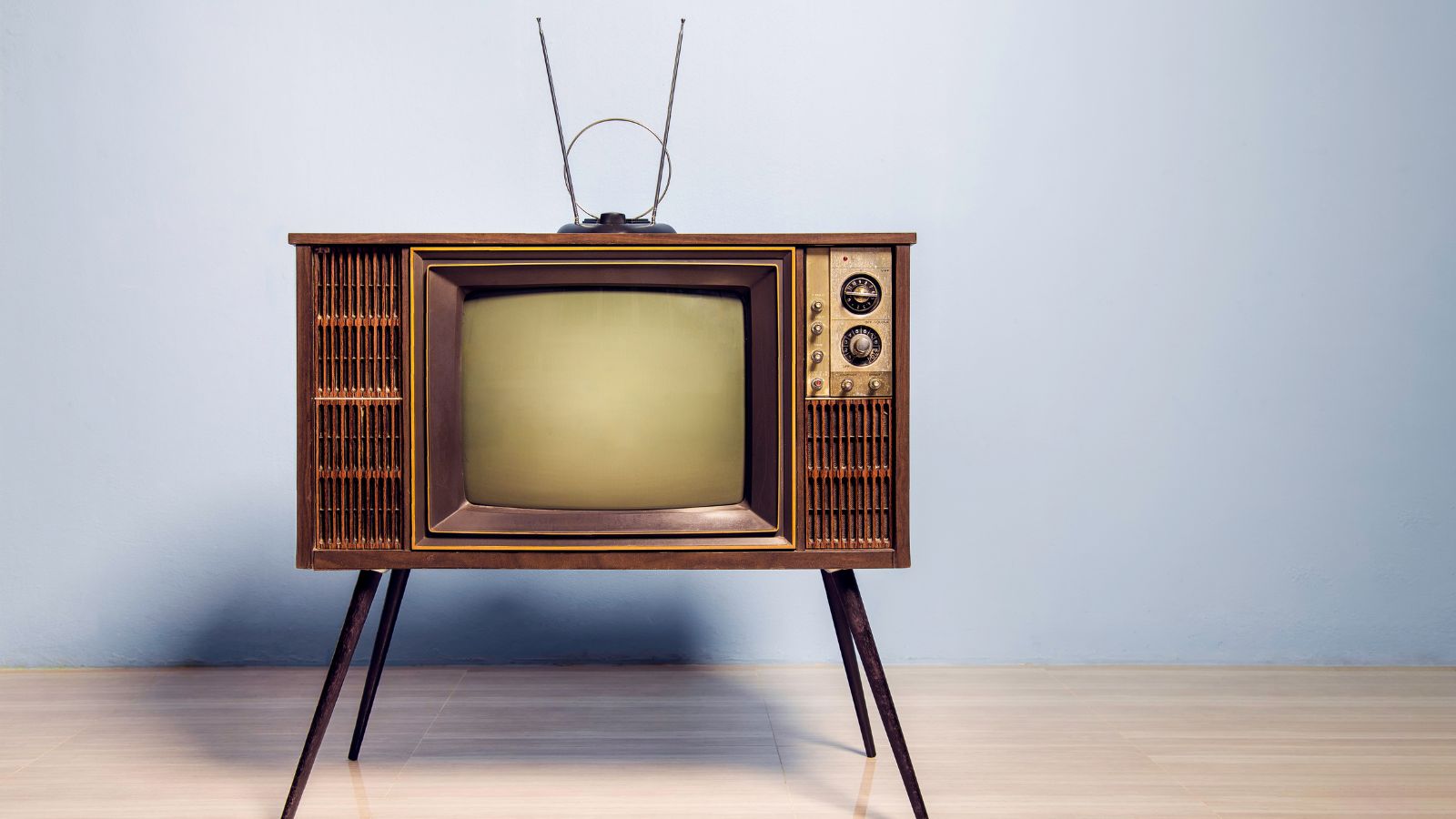
Those bulky, heavy televisions with curved screens were once the centrepiece of our living rooms. We’d gather around to watch our favourite shows, adjusting the rabbit ears for better reception. Flat-screen TVs have taken their place, offering better picture quality and taking up far less space.
Encyclopedias

A complete set of encyclopedias was a mark of a well-read household, and these massive books were our go-to for school projects and general knowledge. The digital age has since made printed encyclopedias redundant, with Wikipedia and other online resources providing up-to-date information at the click of a button.
Landline Phones

The sound of a landline phone ringing was a staple of the 90s home, and we even memorised phone numbers and stayed close to the handset to answer calls. Mobile phones have now taken over, making landlines almost extinct, except in some offices and for specific needs.
Paper Maps
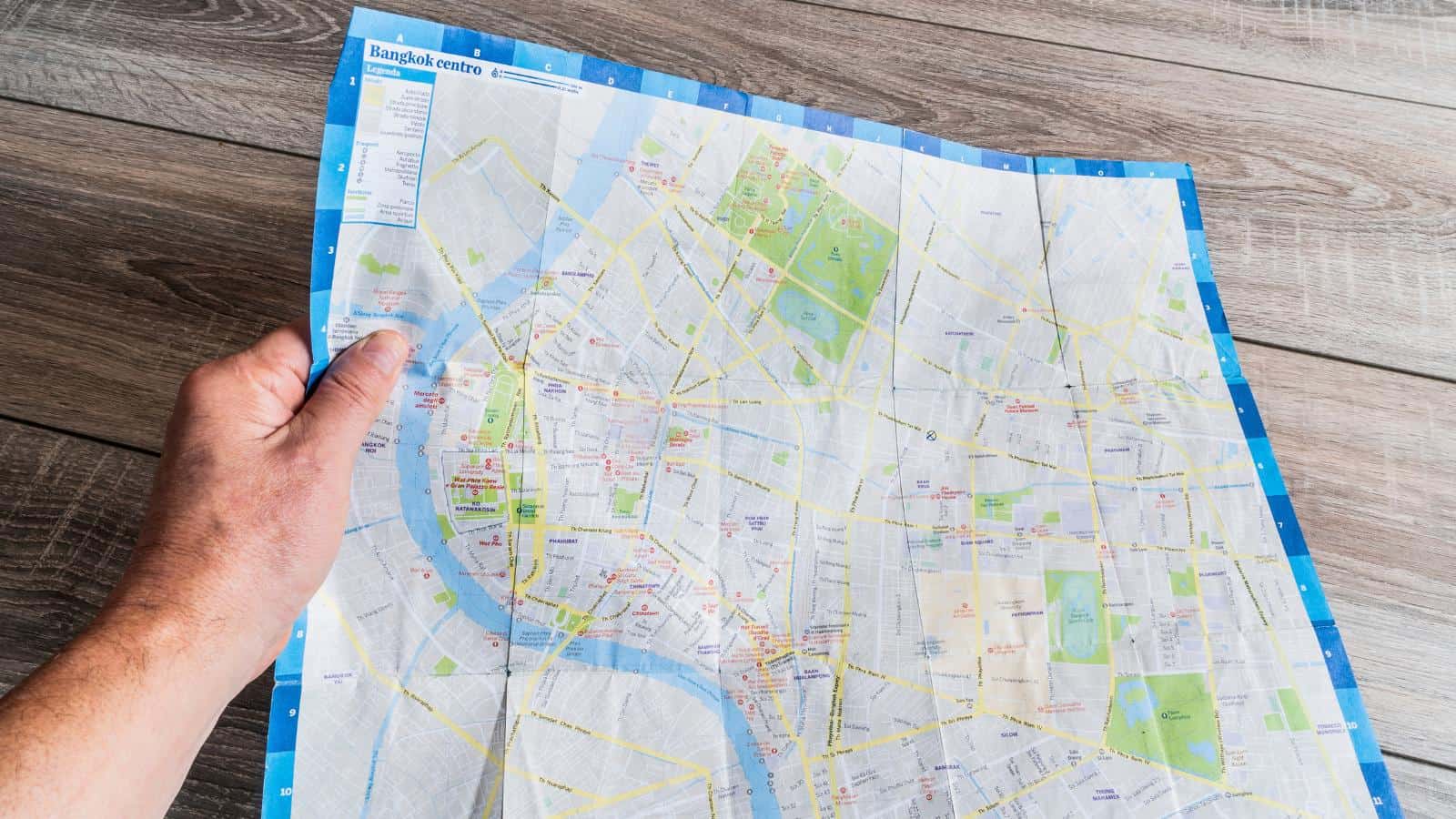
Trying to plan a road trip meant unfolding a paper map, plotting our route, and trying not to get lost. These days, satnavs and smartphone GPS apps have made paper maps largely unnecessary, though they can still be found in some glove compartments and map enthusiasts’ collections.
Fax Machines
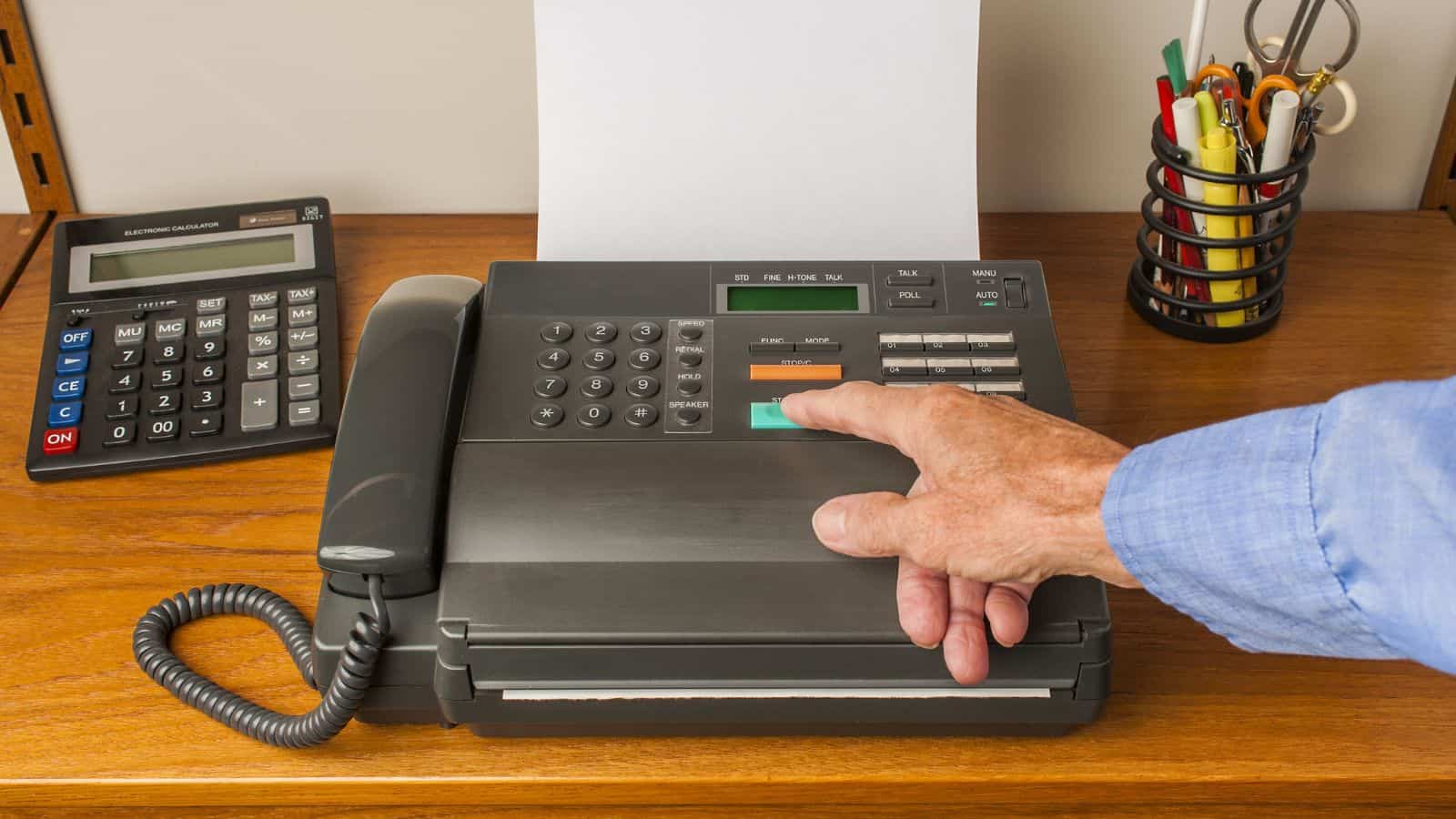
Sending documents meant feeding them into a fax machine, hoping the recipient’s machine was working. This clunky technology has been replaced by email and digital file sharing, making fax machines an oddity in modern offices—but the fax machine is admittedly something many people are glad to see the back of.
CD Players
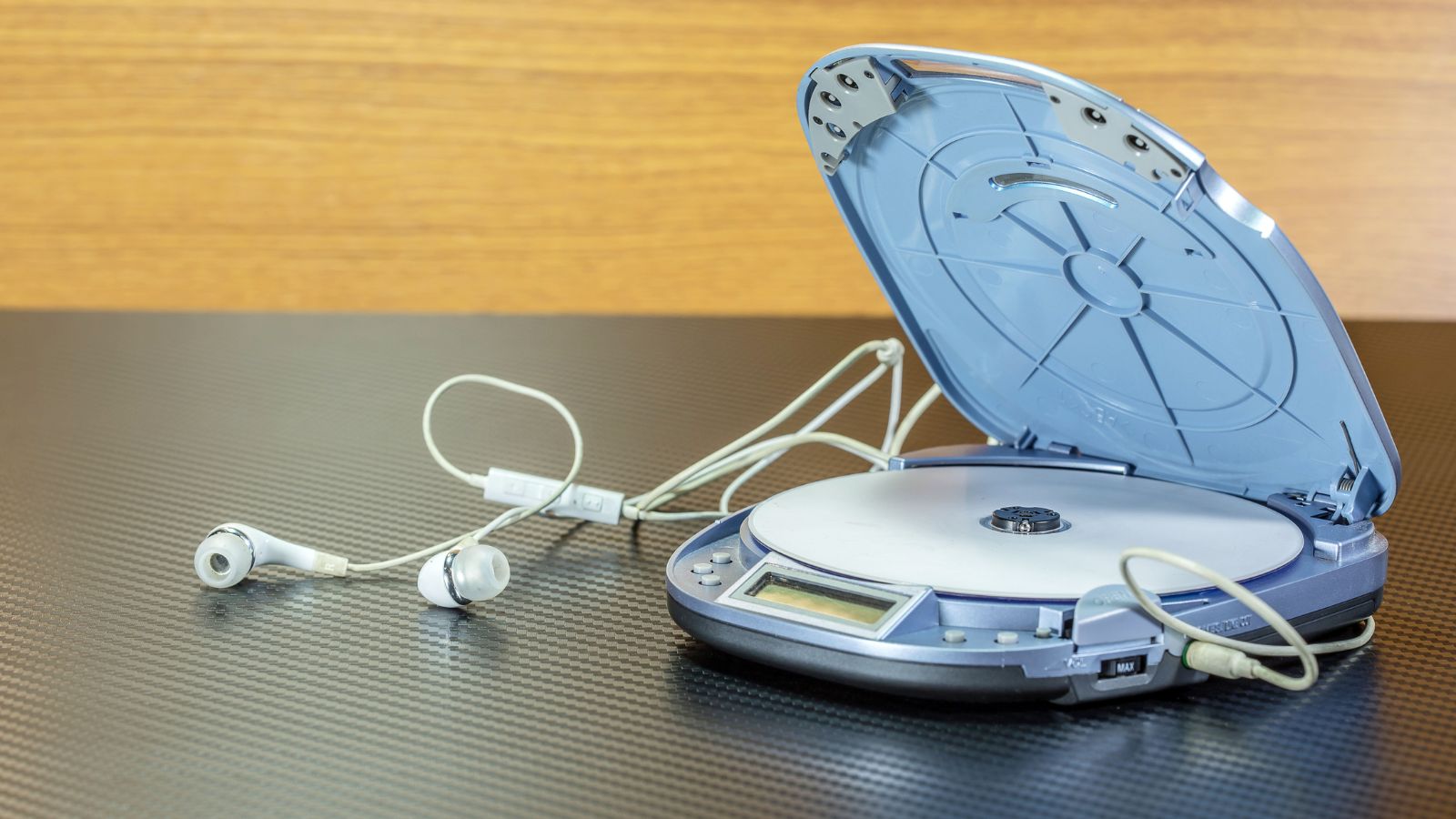
The 90s saw the rise of the compact disc, too, and CD players were the go-to for music lovers. We built collections of albums, marvelling at the sound quality. Digital music and streaming services have made CD players rare, though some audiophiles still appreciate their sound.
Personal Data Assistant
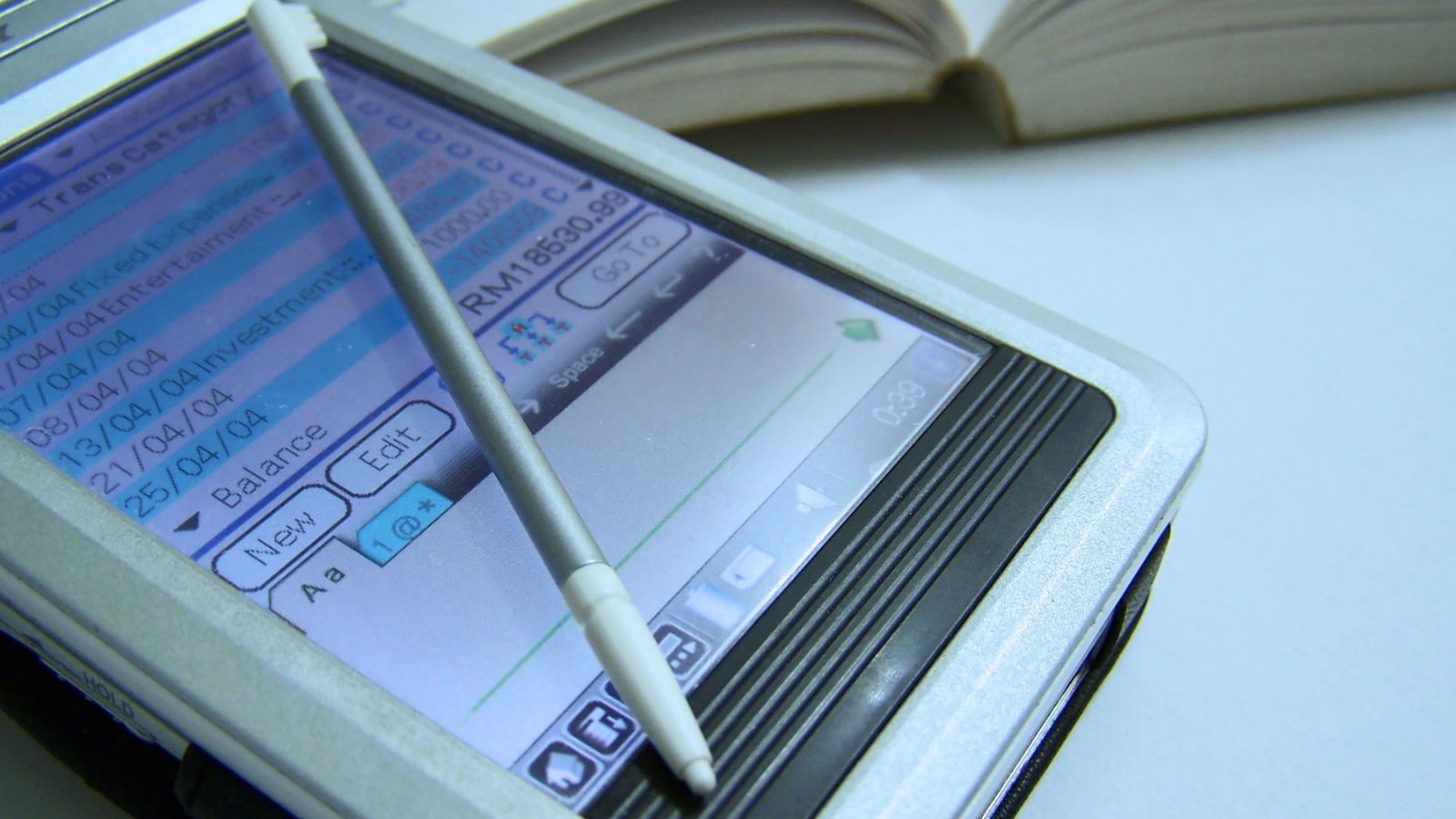
These early personal digital assistants were the precursors to smartphones, allowing us to keep track of appointments and contacts. To have one was a status symbol in the 90s, but its functions are now easily handled by our phones, making it a nostalgic piece of tech history.
Overhead Projectors
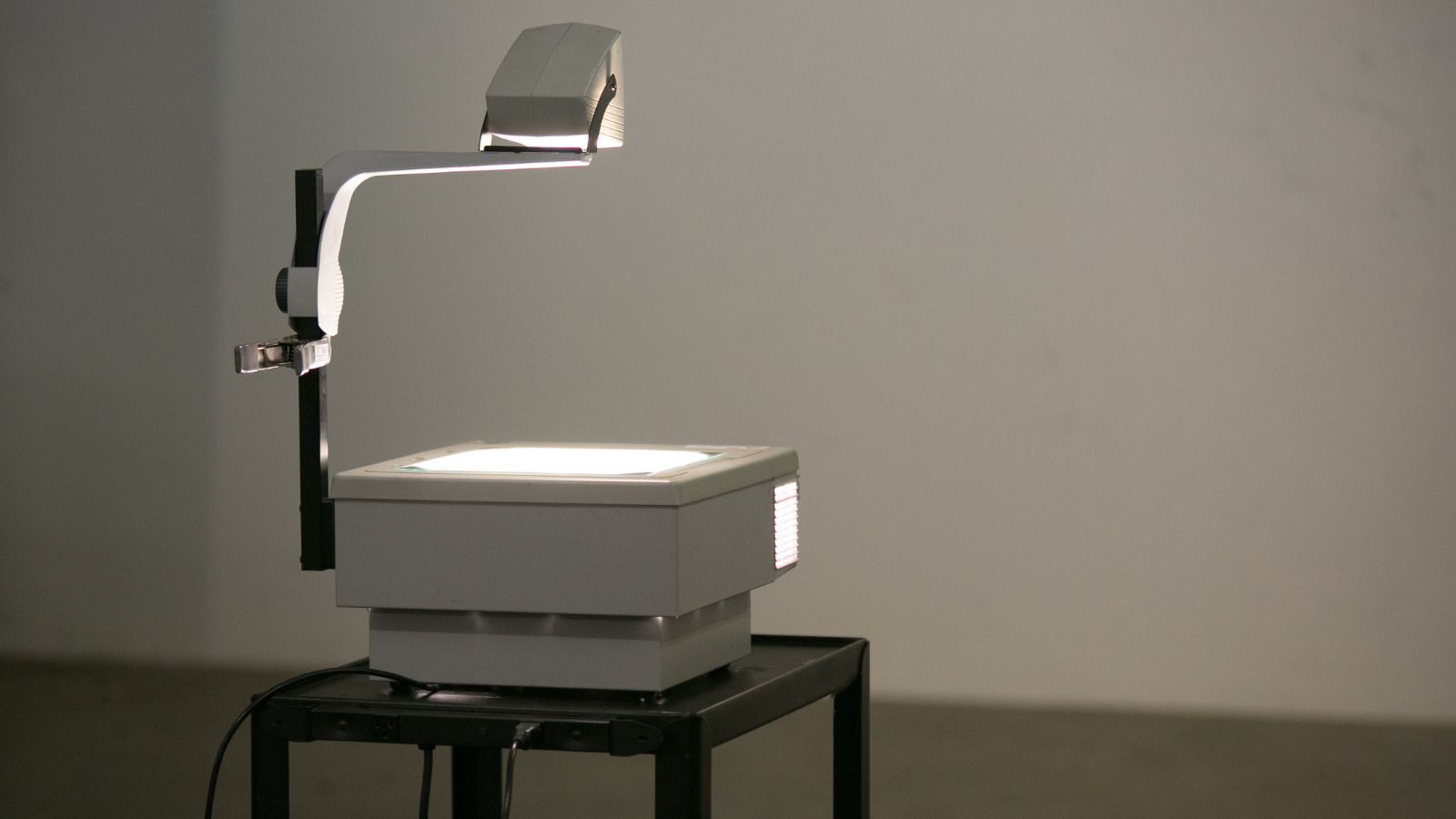
Classroom presentations and office meetings often involved the use of overhead projectors, with their bright bulbs and transparent sheets. We’d carefully place our notes on the glass and hope they stayed in focus. Projectors and digital displays have since taken over, making these devices a rare sight.
Video Rental Stores
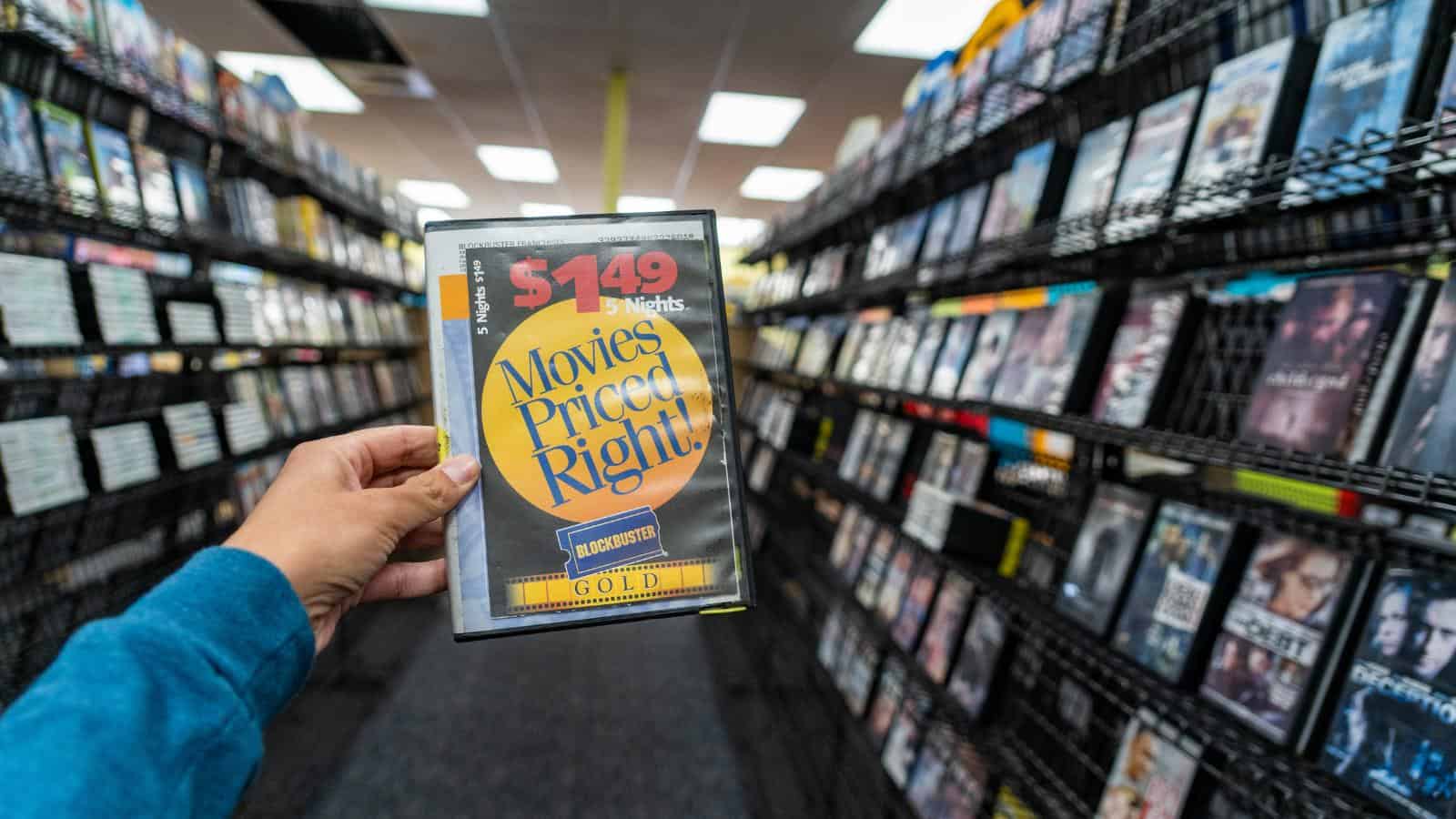
Remember the excitement of renting a VHS tape from Blockbuster? Friday nights often meant a trip to the video rental store, browsing the aisles for the latest releases or old favourites. The excitement of finding a movie and taking it home to watch has been replaced by the convenience of streaming, making video rental stores a thing of the past.
Answering Machines
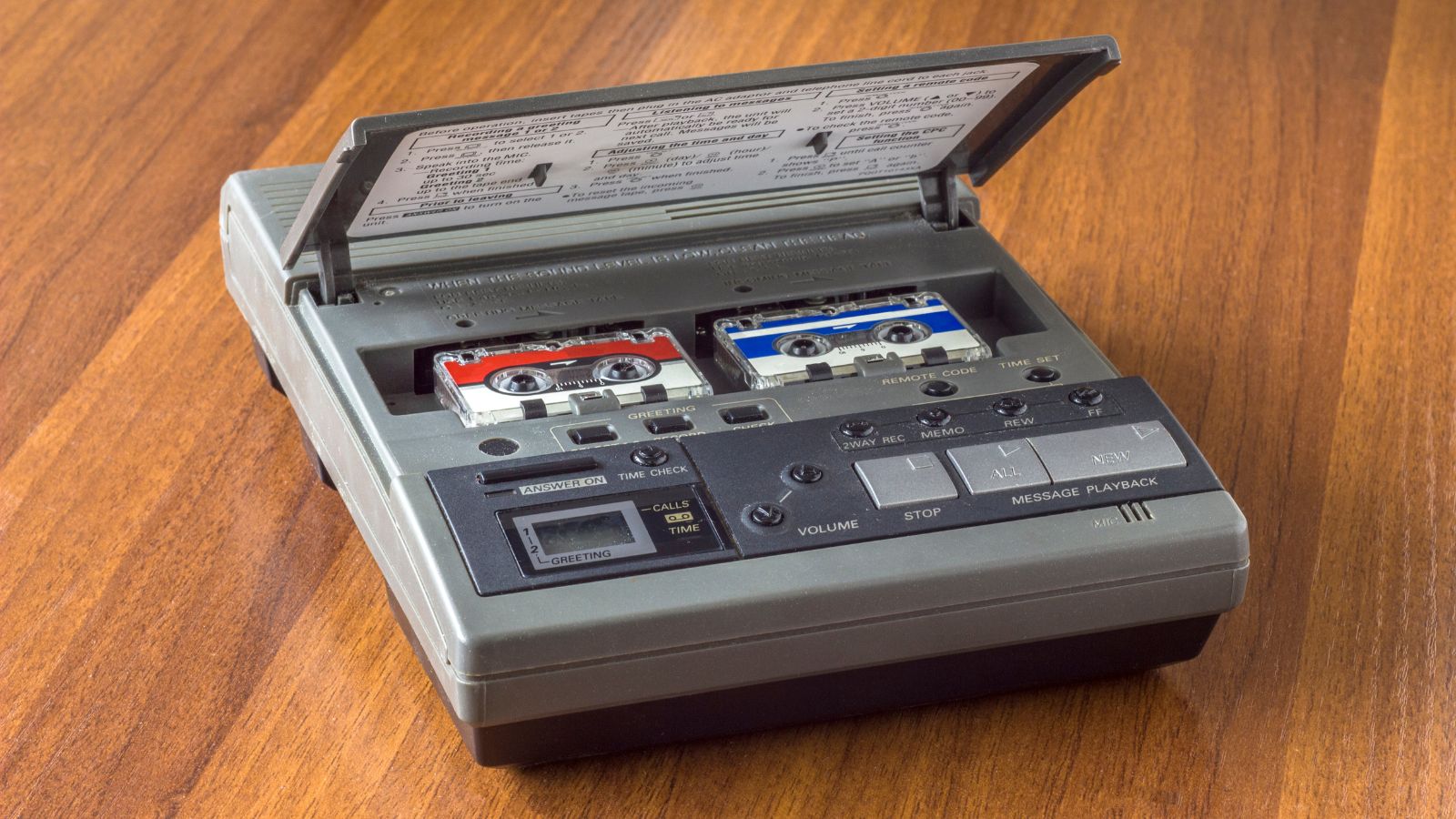
Missed a call? No problem, it’s on the answering machine. These devices captured messages on tape or digital storage, letting us hear who called while we were out. Voicemail services have taken over, leaving answering machines to gather a lot of dust.
Beanie Babies
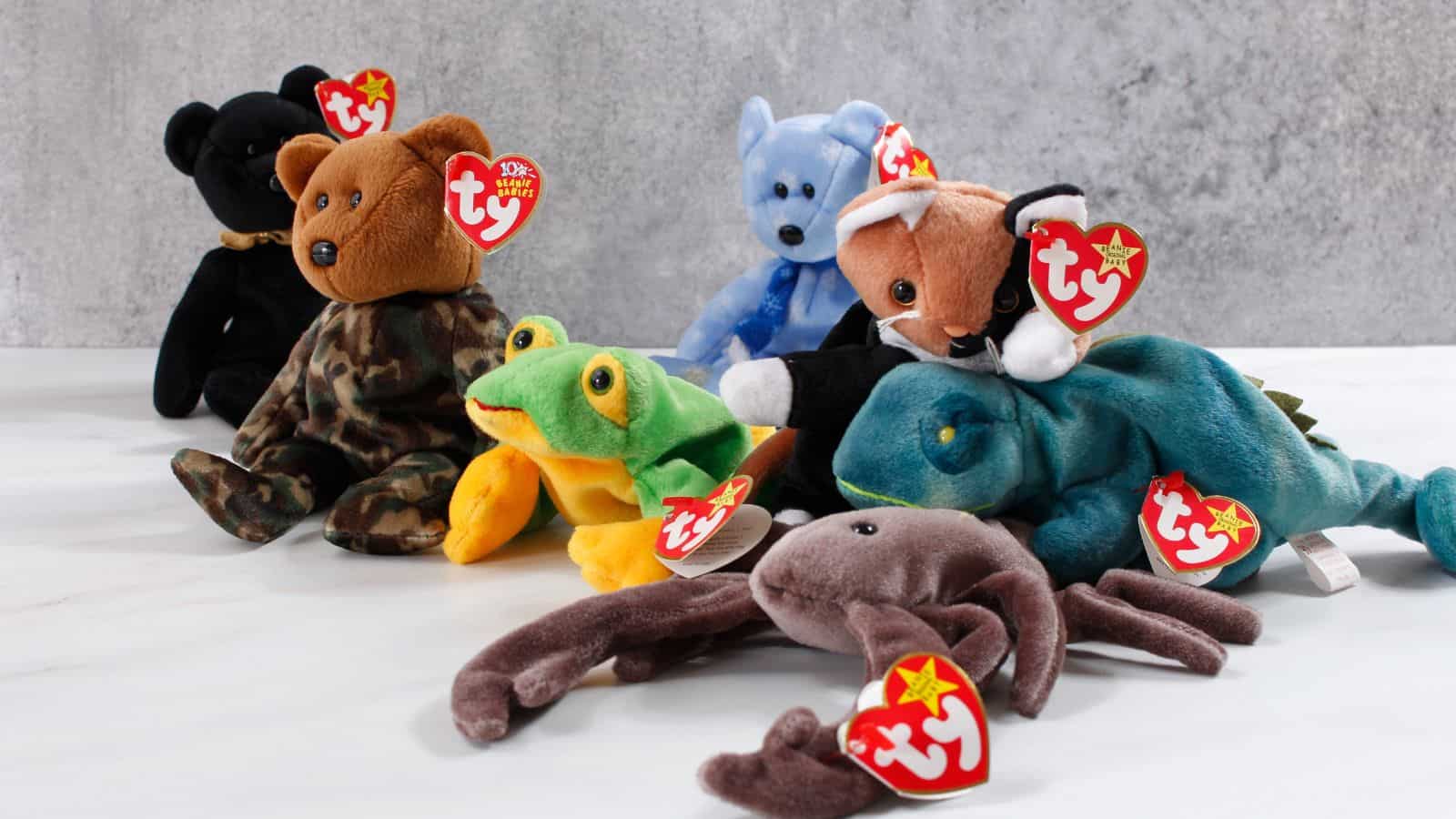
The plush Beanie Baby toys were a massive craze in the 90s, with collectors believing they’d be worth a fortune someday. While some rare Beanie Babies still fetch high prices, the general frenzy has died down, making them more of a nostalgic memory than a current obsession.
Disposable Cameras
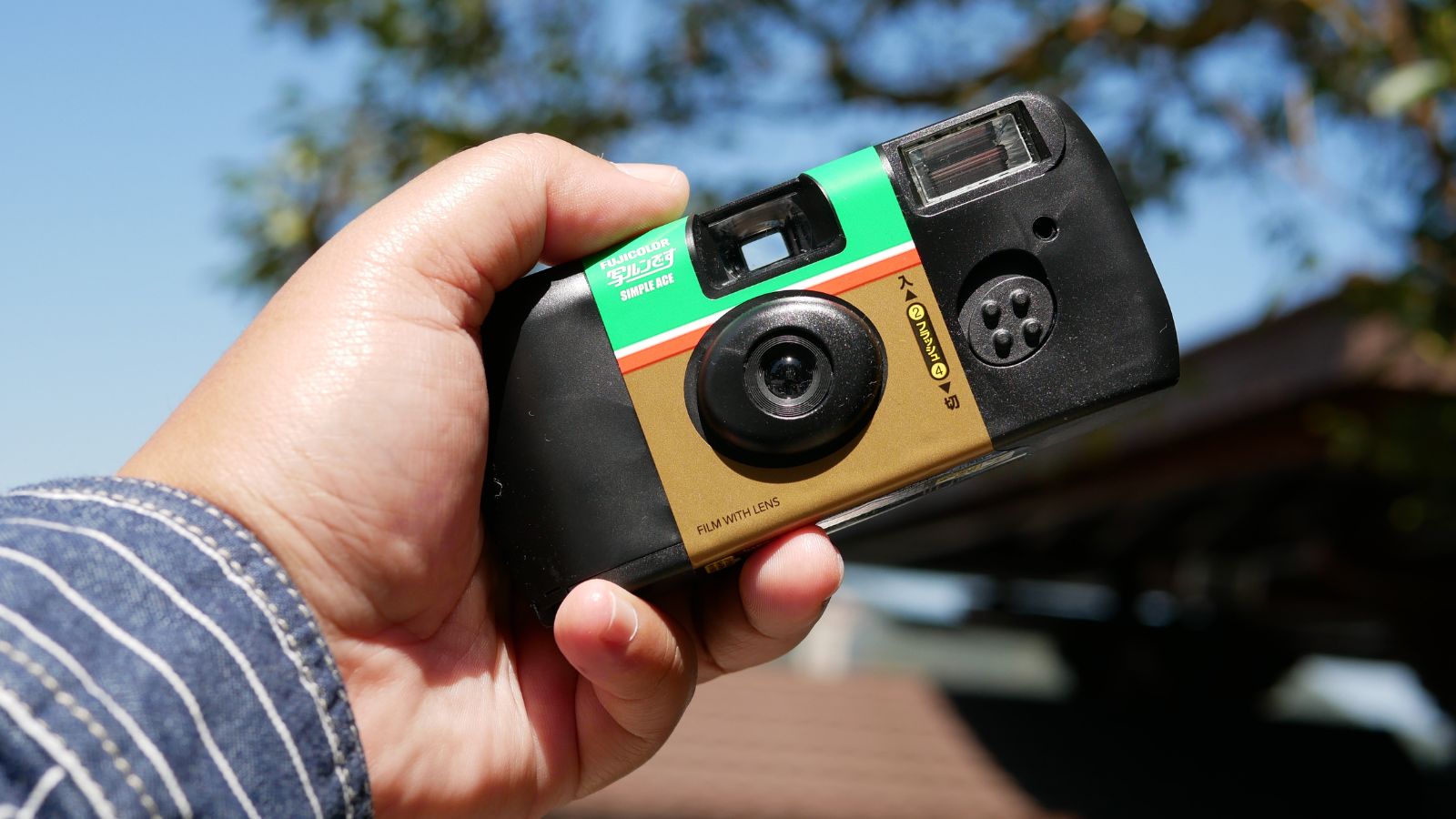
Capturing moments at parties or holidays often meant using a disposable camera, snapping photos without knowing how they’d turn out until they developed. Digital cameras and smartphones have made these single-use cameras nearly extinct, though they occasionally make a retro-themed comeback.
Physical Newspapers

And lastly, picking up the daily paper was a routine for many in the 90s, with newsstands and door-to-door deliveries keeping us informed. The rise of digital news sources has significantly reduced the circulation of physical newspapers, making them a rarity in many households today.

